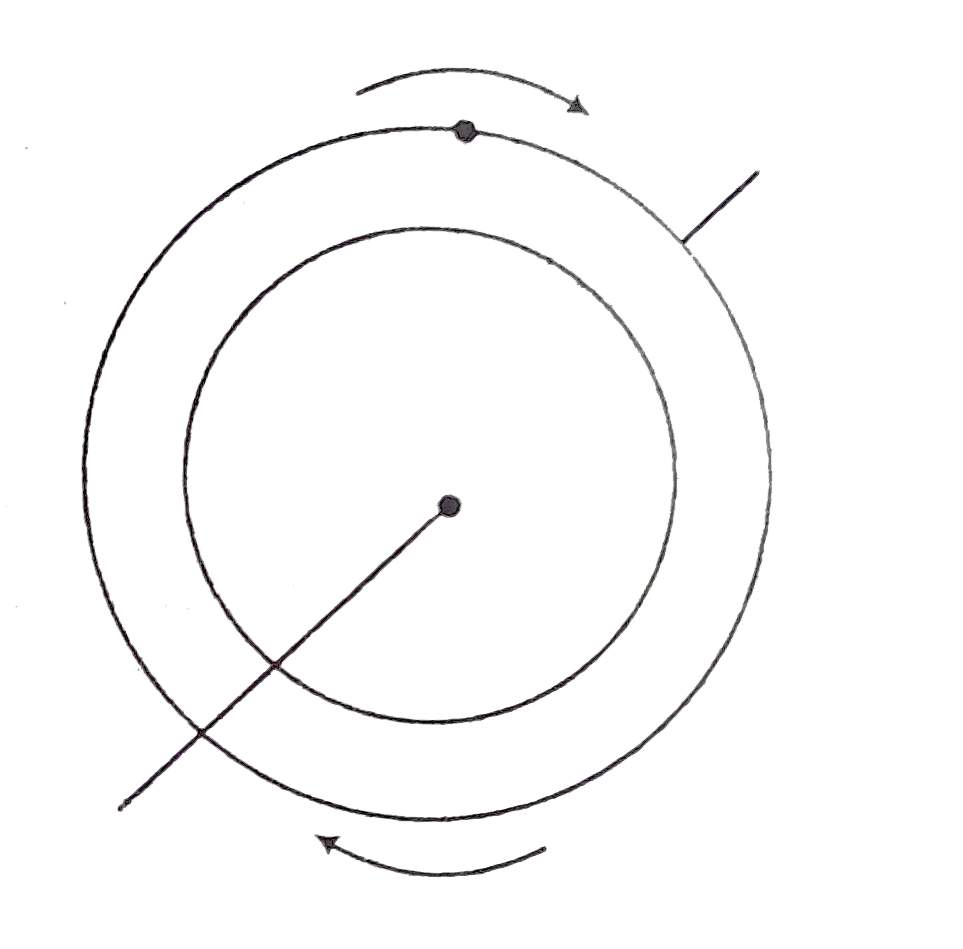During its journey through the body, the juvenile Ascaris passes throhgh
Spleen
Kidney
Skeleton muscles
Lung
The correct Answer is:D
To solve the question regarding the journey of juvenile Ascaris through the body, we can break down the life cycle and the path it takes step by step.
1. Understanding Ascaris:
- Ascaris lumbricoides is a parasitic roundworm that infects humans. It is important to know that the juvenile stage of Ascaris is what we are focusing on in this question.
2. Infection Process:
- Humans acquire Ascaris infection by ingesting eggs that are present in contaminated food or water. This is the starting point of the Ascaris life cycle.
3. Hatching and Initial Development:
- Once ingested, the eggs hatch in the intestine, releasing the juvenile (larval) form of Ascaris.
4. Penetration into the Bloodstream:
- The juvenile Ascaris larva penetrates the intestinal wall and enters the bloodstream. This is a crucial step as it allows the larva to travel to different parts of the body.
5. Travel to the Liver and Heart:
- After entering the bloodstream, the larva is carried through the hepatic portal circulation to the liver and then to the heart.
6. Journey to the Lungs:
- From the heart, the larva is transported to the lungs via the pulmonary artery. This is where the juvenile Ascaris spends a significant amount of time.
7. Development in the Lungs:
- In the lungs, the larva undergoes several molts, transforming from the second larva to the third larva, and eventually to the fourth larva. This stage is important for its growth and development.
8. Ascending the Respiratory Tract:
- The larva then ascends the bronchial tree, reaches the throat, and is eventually swallowed to return to the intestine.
9. Maturation into Adult Form:
- Once back in the intestine, the larva matures into an adult Ascaris, completing its life cycle.
Conclusion:
- The correct answer to the question is that during its journey through the body, the juvenile Ascaris passes through the lungs.
---
- Ascaris lumbricoides is a parasitic roundworm that infects humans. It is important to know that the juvenile stage of Ascaris is what we are focusing on in this question.
- Humans acquire Ascaris infection by ingesting eggs that are present in contaminated food or water. This is the starting point of the Ascaris life cycle.
- Once ingested, the eggs hatch in the intestine, releasing the juvenile (larval) form of Ascaris.
- The juvenile Ascaris larva penetrates the intestinal wall and enters the bloodstream. This is a crucial step as it allows the larva to travel to different parts of the body.
- After entering the bloodstream, the larva is carried through the hepatic portal circulation to the liver and then to the heart.
- From the heart, the larva is transported to the lungs via the pulmonary artery. This is where the juvenile Ascaris spends a significant amount of time.
- In the lungs, the larva undergoes several molts, transforming from the second larva to the third larva, and eventually to the fourth larva. This stage is important for its growth and development.
- The larva then ascends the bronchial tree, reaches the throat, and is eventually swallowed to return to the intestine.
- Once back in the intestine, the larva matures into an adult Ascaris, completing its life cycle.
- The correct answer to the question is that during its journey through the body, the juvenile Ascaris passes through the lungs.
Topper's Solved these Questions
Similar Questions
Spinal cord passes through
View SolutionAscaris juveniles cause
View SolutionA quadrilateral is inscribed in a parabola y2=4ax and three of its sides pass through fixed points on the axis. Show that the fourth side also passes through a fixed point on the axis of the parabola.
View SolutionA squadrilateral is inscribed in a parabola y2=4ax and three of its sides pass through fixed points on the axis. Show that the fourth side also passes through a fixed point on the axis of the parabola.
View SolutionA body is thrown vertically upward from a point A 125 m above the ground. It goes up to a maximum height of 250 m above the ground and passes through A on its downward journey. The velocity of the body when it is at a height of 70 m above the ground is (g=10m/s2)
View SolutionA thin horizontal circular disc is roating about a vertical axis passing through its centre. An insect is at rest at a point near the rim of the disc. The insect now moves along a diameter of the disc to reach its other end. During the journey of the insect, the angular speed of the disc.
View SolutionDuring development in cockroach, each of the juvenile stages between moults is called
View SolutionDuring ATP synthesis , electrons pass through
View SolutionSingle circulation ,i.e, blood flows through the heart only once during one cycle of passage through the body, is exhibited by
View SolutionA disc is free to rotate about a smooth horizontal axis passing through its centre of mass. A particle is fixed at the top of the disc. A slight push is given to the disc and it starts rotating. During the process.
 View Solution
View Solution

